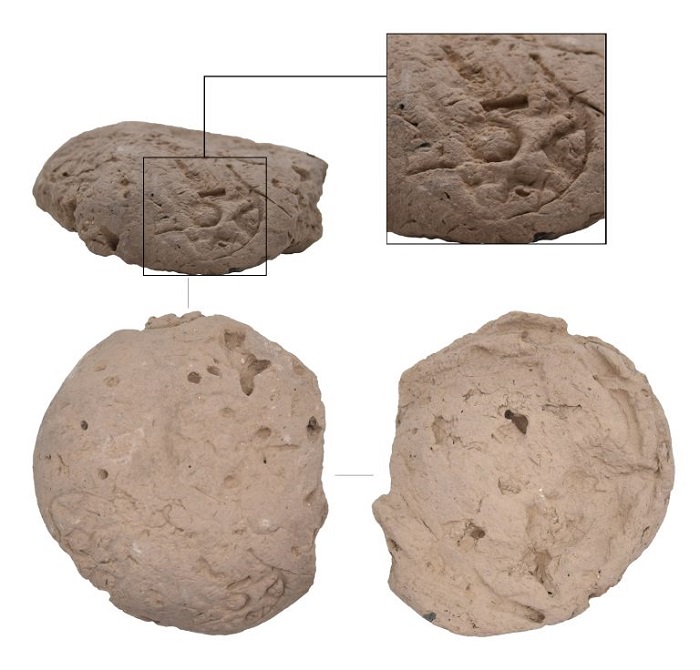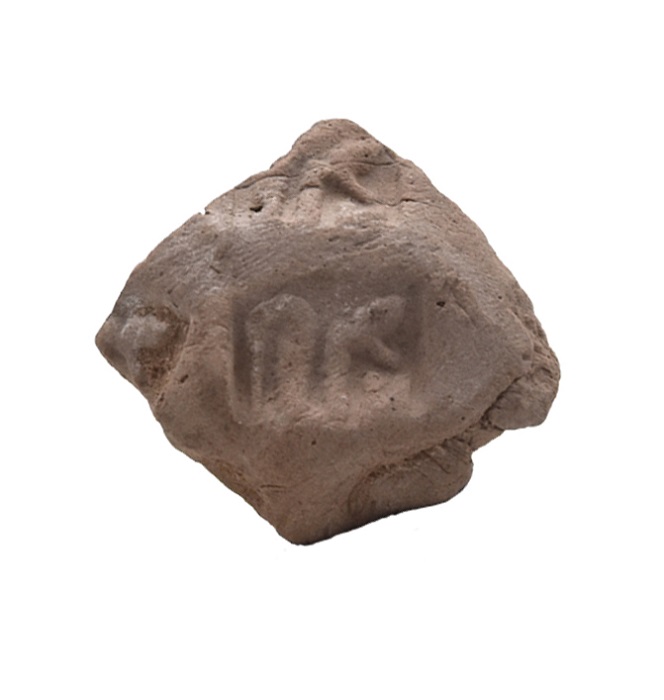The Russian-Turkmen Margiana Archaeological Expedition, a joint effort between the Institute of Ethnology and Anthropology of the Russian Academy of Sciences and the Ministry of Culture of Turkmenistan, has been conducting archaeological excavations at the renowned Gonur-depe monument in the Karakum Desert.
Led by Dr. Nadezhda Dubova, chief researcher at the Institute of Ethnology and Anthropology, the Russian team is working alongside their Turkmen counterparts.
 Discovered in 1972 by the legendary archaeologist Victor Sarianidi, Gonur-depe was once a thriving palace and temple city situated in the delta of the Murghab River, which dried up around the middle of the 2nd millennium BC.
Discovered in 1972 by the legendary archaeologist Victor Sarianidi, Gonur-depe was once a thriving palace and temple city situated in the delta of the Murghab River, which dried up around the middle of the 2nd millennium BC.
As the current excavation season nears its conclusion, researchers from the Institute of Ethnology and Anthropology and the Institute of the History of Material Culture of the Russian Academy of Sciences, along with their Turkmen colleagues, will continue to study and catalog the extensive collection of artifacts unearthed at this remarkable site. These findings will be housed in the museums of Mary and Ashgabat.
And this season there are interesting finds, which will be announced in mid-October at a scientific meeting of scientists from different countries, which is planned in Ashgabat.
What discoveries are already known about?
Unusual burials
 Archaeological excavations were conducted at the small settlement of Gonur-20, where 19 burials, 2 furnaces, and 9 objects (primarily ground pits) were examined.
Archaeological excavations were conducted at the small settlement of Gonur-20, where 19 burials, 2 furnaces, and 9 objects (primarily ground pits) were examined.
The burials exhibited various designs: 8 were arranged in cists (6 adult individuals and 2 animals), 2 in graves, and 9 in ground pits (all belonging to children aged 0 to 7 years).
While many of the graves had been robbed in antiquity, several were discovered in their original state.
Although the burial have the features similar to previous one discovered at Gonur, they also displayed distinct characteristics. Notably, the graves were often arranged carelessly, with incomplete brick linings for the cist walls. For instance, one of the cists had only four walls constructed, forming two chambers, each containing a ram. One wall (northeast) remained unpaved.
The Mysterious Seal
In one of the burials, a miniature cylindrical seal made of the soft mineral talc-agalmatolite, with a loop for hanging, was found. It depicts animals – a predator, a hoofed animal and a third undetermined zoomorphic figure. This is only the second such item found on Gonur. A similar image has not been described before.
Prints of the seal on clay
Clay bull
Other notable finds include a fragment of a clay bull bearing multiple impressions of a rectangular seal-stamp depicting a snake, and a clay vessel lid adorned with rope imprints on the inside and several impressions of a cloisonné seal on the exterior.
Margiana was home to skilled artisans
Several graves contained sets of stone beads crafted from various semiprecious stones, showcasing the remarkable abilities of Margian stone carvers. Some cylindrical beads made of lapis lazuli and other minerals measure no more than 1 mm in diameter!
Research has also supported the hypothesis that several specialized sites existed in the southwest of Gonur-depe for firing gypsum raw materials to produce water-soluble gypsum, a valuable material for construction.
For the first time, a furnace for firing gypsum raw materials has been described, allowing for the reconstruction of the firing technology, calculation of raw material loading volumes, and estimation of product output. ///nCa, 16 October 2024 (photo credit – Institute of Ethnology and Anthropology of the Russian Academy of Sciences)



